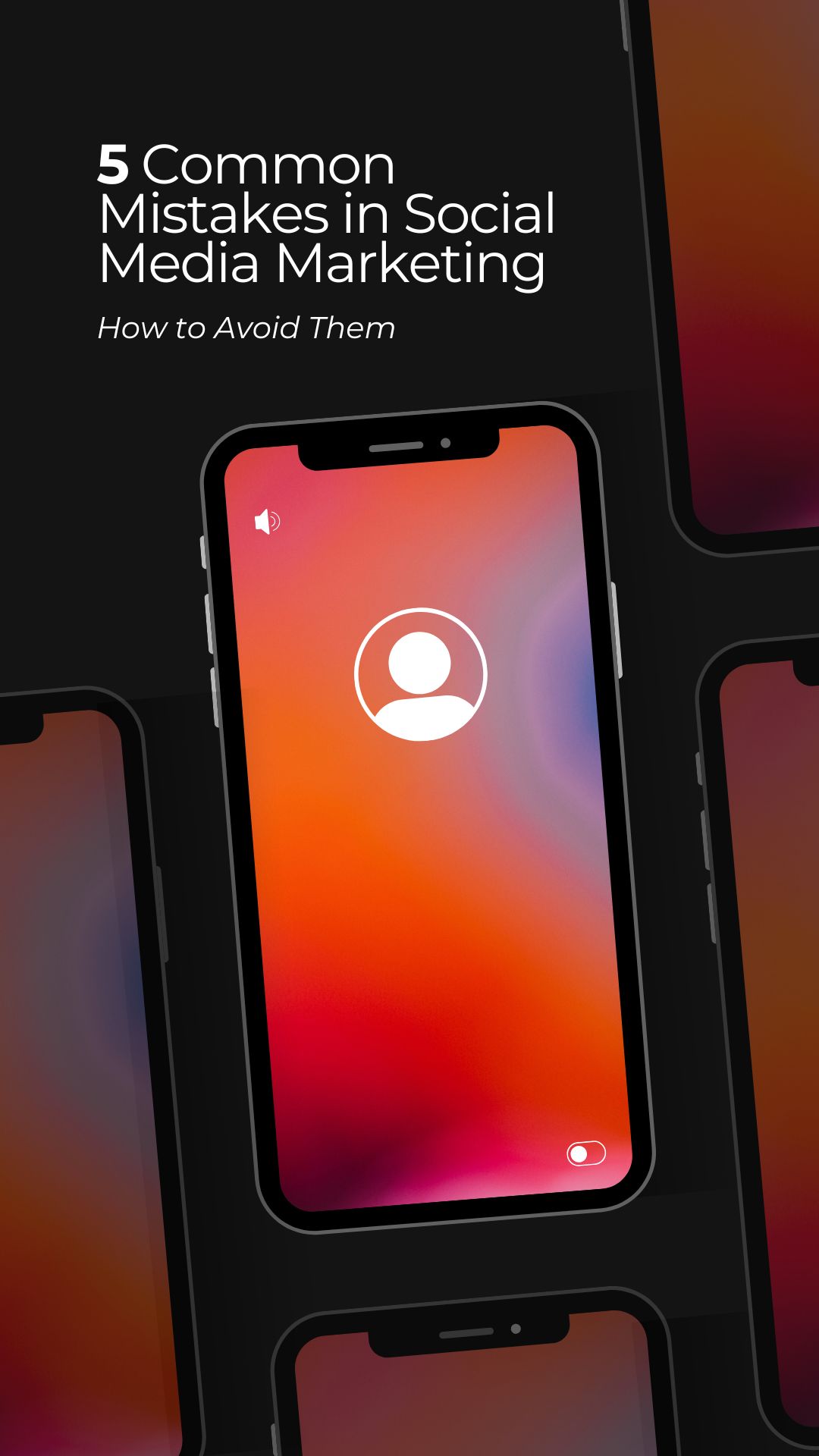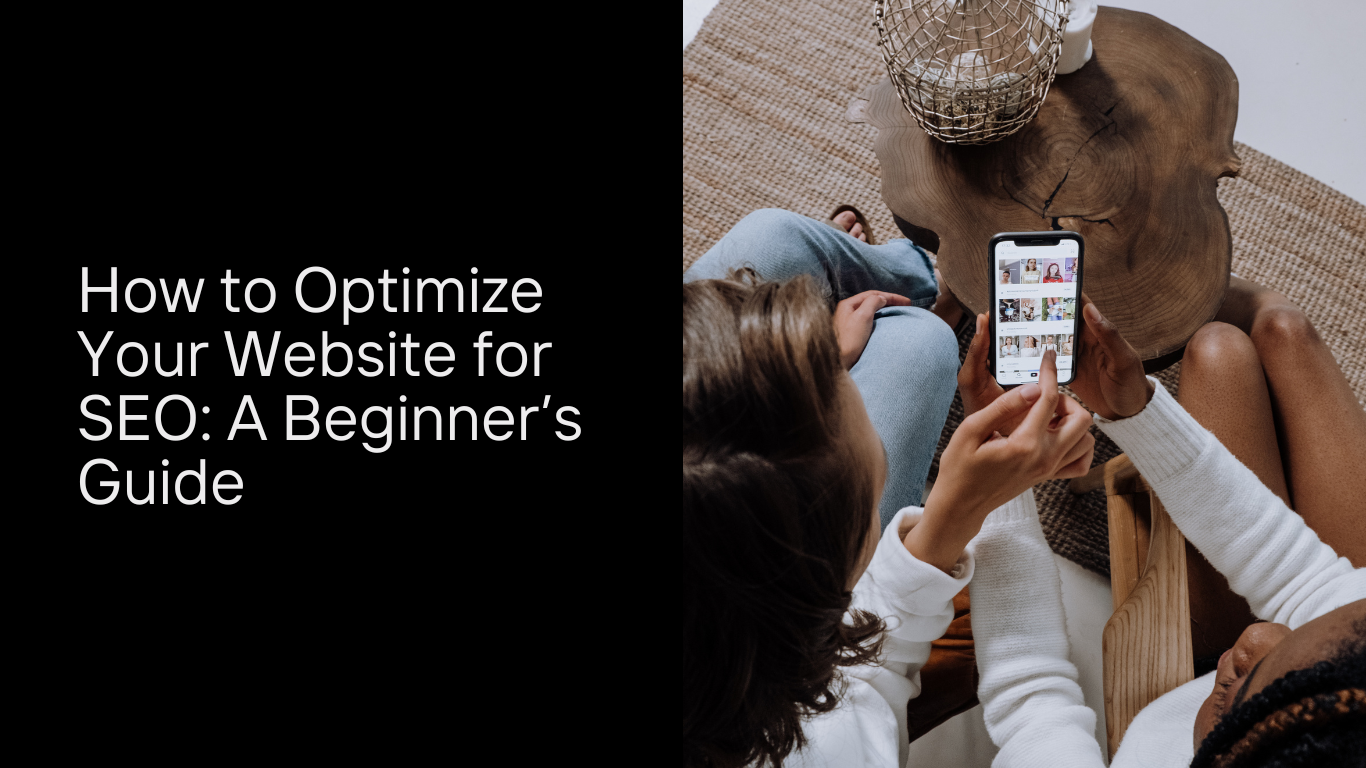
Influencer marketing can be a highly effective strategy for boosting brand awareness, reaching new audiences, and driving engagement. Here’s a comprehensive guide on how to leverage influencer marketing for your brand, especially for blogs:
1. Set Clear Goals and Objectives
- Define Objectives: Determine what you aim to achieve with influencer marketing, whether it’s increasing brand awareness, driving traffic to your blog, generating leads, or boosting sales.
- Identify Metrics: Establish key performance indicators (KPIs) to measure the success of your influencer campaigns, such as reach, engagement rates, traffic to your blog, and conversions.
2. Identify Relevant Influencers
- Relevance: Choose influencers whose audience aligns with your target demographic and niche. Look for influencers who have a genuine interest in your industry or products.
- Size vs. Engagement: Consider both the size of the influencer’s following and their engagement rates. Micro-influencers (typically 10,000 to 100,000 followers) often have higher engagement rates and can be more cost-effective for smaller budgets.
- Authenticity: Prioritize influencers who are authentic and have built trust with their audience. Authenticity enhances the effectiveness of your campaigns and fosters genuine connections with potential customers.
3. Develop a Collaborative Strategy
- Campaign Brief: Provide influencers with a detailed campaign brief outlining your brand, campaign objectives, key messages, and any specific requirements or guidelines.
- Content Collaboration: Work with influencers to create compelling content that resonates with their audience while aligning with your brand’s values and messaging.
- Creative Freedom: Allow influencers creative freedom to showcase your brand in an authentic way that fits their style and voice. This encourages genuine engagement from their followers.
4. Negotiate Terms and Compensation
- Contracts: Clearly outline expectations, deliverables, timelines, and compensation (whether monetary or in-kind) in a formal agreement or contract.
- Disclosure: Ensure influencers disclose their partnership with your brand in compliance with FTC guidelines or relevant regulations.
5. Track and Measure Performance
- Tracking Tools: Use tracking links, unique discount codes, or UTM parameters to monitor traffic, conversions, and ROI directly attributable to influencer campaigns.
- Engagement Metrics: Monitor metrics such as likes, comments, shares, and mentions to gauge audience engagement and sentiment towards your brand.
6. Build Long-term Relationships
- Nurture Connections: Cultivate ongoing relationships with influencers who perform well and align with your brand values. Long-term partnerships can yield consistent results and foster brand advocacy.
7. Amplify Content Across Channels
- Cross-promotion: Repurpose influencer-generated content on your blog, social media channels, and other marketing channels to maximize reach and engagement.
8. Monitor and Adjust Strategy
- Iterative Approach: Continuously analyze campaign performance and gather feedback to refine your influencer marketing strategy over time.
9. Compliance and Legal Considerations
- Regulatory Compliance: Ensure your influencer partnerships comply with advertising regulations, such as FTC guidelines on disclosure and transparency.
10. Evaluate ROI and Learn from Campaigns
- ROI Analysis: Assess the overall impact of influencer campaigns on brand awareness, customer acquisition, and sales to determine ROI and inform future marketing decisions.

By leveraging influencer marketing effectively, you can leverage the trust and authority influencers have built with their audiences to amplify your brand’s message, drive traffic to your blog, and ultimately, achieve your business goals. Flexibility, authenticity, and clear communication are key to building successful influencer partnerships that benefit both your brand and the influencers involved.


































































